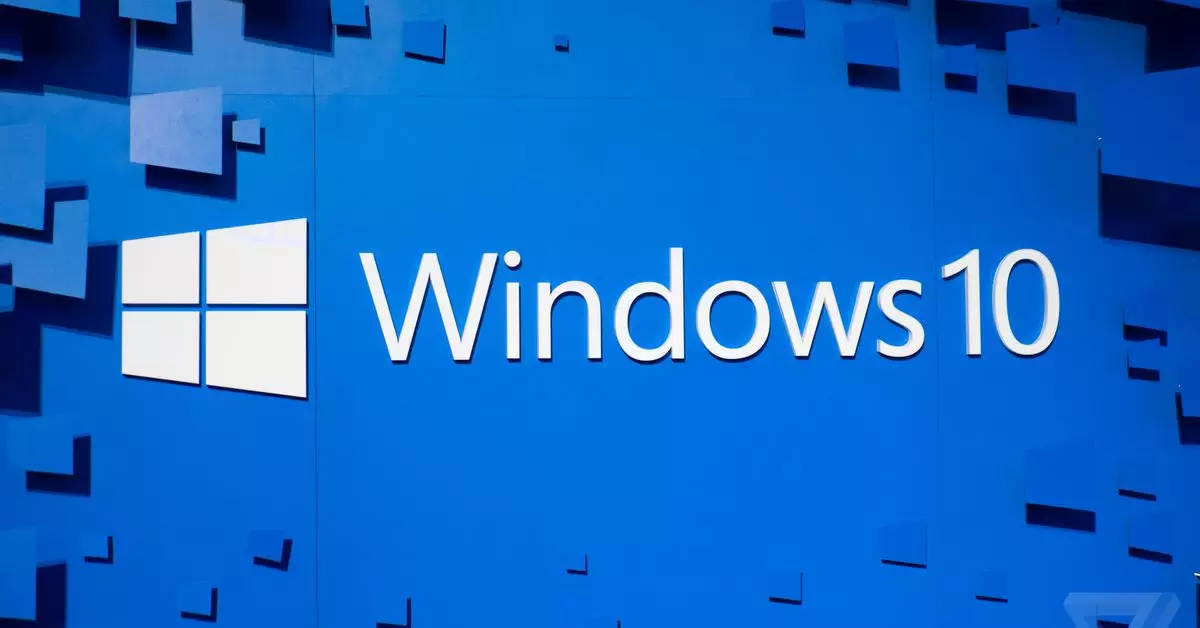As technology continues to evolve, companies often face the necessary challenge of transitioning their user base to newer systems while managing outdated platforms. Microsoft, a leader in software innovation, is now pushing to incentivize users to migrate from Windows 10 to Windows 11 as the support timeline for Windows 10 narrows, with the end of mainstream support slated for October 14, 2025. This critical juncture signifies not only a shift in software interfaces but also a reevaluation of user priorities regarding security and compatibility.
In an unexpected move, Microsoft has decided to offer a year of Extended Security Updates (ESU) for consumers at the price of $30. This decision marks a significant change from previous policies, as it empowers casual users to maintain a degree of security upon the cessation of regular support. For businesses, however, the landscape is markedly different. They face charges of $61 for the first year of ESU, subsequently increasing to $122 for a second year and $244 for continued access.
Yusuf Mehdi, Microsoft’s Executive Vice President, emphasizes that eligible PCs will still receive essential updates to fend off vulnerabilities. However, as beneficial as these updates may be, it’s crucial to recognize the limitations inherent in this service: consumers will forego new features, bug fixes, and direct technical support. In a digital landscape where cyber threats continuously evolve, $30 for security updates might appear attractive, but one must weigh this against the benefits of upgrading to a fully supported environment like Windows 11.
Microsoft’s determination to encourage the transition to Windows 11 highlights its strategic aim to unify its user base under a single, modern operating system. Mehdi’s proclamation that now is the time to migrate holds weight, especially considering that millions of existing devices may not meet the stringent hardware requirements imposed by Windows 11. The cutoff date for compatible CPUs has been set to those released in 2018 or later, along with the necessity for Trusted Platform Module (TPM) security chips, leaving many users at an impasse about their current hardware setups.
For consumers reluctant to upgrade, numerous challenges arise: investing in new hardware versus the seasonal cost of security updates, potential disruptions to workflow, and the need to adapt to new systems. While Windows 11’s adoption has been sluggish in comparison to its predecessor, recent trends among gamers and tech enthusiasts suggest that more users are beginning to explore the possibilities offered by Microsoft’s latest iteration.
Ironically, while Microsoft has asserted its intentions to phase out substantial updates for Windows 10, the company recently reopened its beta program for the OS. This decision, rather than demonstrating a commitment to aiding dwindling user numbers, reflects Microsoft’s complex relationship with Windows 10—an operating system that continues to maintain strong usage metrics even approaching the end of its support lifespan.
This dual approach—encouraging migration while simultaneously supporting a legacy system—creates a convoluted environment for users. As Windows 10 remains a familiar ecosystem for many, the prospect of migrating may evoke apprehension, thus allowing its user base to persist despite dwindling official backing.
The future of Windows 10 is decidedly uncertain as Microsoft’s strategies evolve to manage its dual commitments to legacy support and pushing toward new horizons with Windows 11. The introduction of extended security updates at a consumer-friendly price provides a temporary sanctuary for users, yet transitioning to a more secure, efficient environment is becoming imperative.
As the deadline for mainstream support looms, consumers must make informed decisions that prioritize both their security and usability. In an age where digital safety is paramount, weighing the short-term benefits of critical updates against the long-term advantages of upgraded software will be crucial for maintaining a secure and productive computing experience. Microsoft’s roadmap may signal an end for Windows 10, but its legacy will undoubtedly continue to influence the evolution of computing experiences in the years to come.


Leave a Reply